Arden University HRM4002: Motivation and Teamwork Presentation
VerifiedAdded on 2022/09/05
|6
|315
|14
Presentation
AI Summary
This presentation analyzes motivation and teamwork effectiveness within the context of the Phonex Group, likely for an HRM4002 module at Arden University. It begins by defining motivation's importance in the workplace and its impact on employee performance. It then presents Frederick Winslow Taylor's scientific approach, Maslow's hierarchy of needs, and Herzberg's Two-Factor Theory, providing a comprehensive overview of motivational theories. The presentation also delves into team development, outlining the stages of forming, storming, norming, and performing. The content is designed to help students understand how to motivate workers and build effective teams, aligning with the learning outcomes of a People in Organisations module. The presentation aims to equip students with the knowledge to assess leadership roles and evaluate organizational structures within transitions, and strategies used in the case study to motivate teams.
1 out of 6

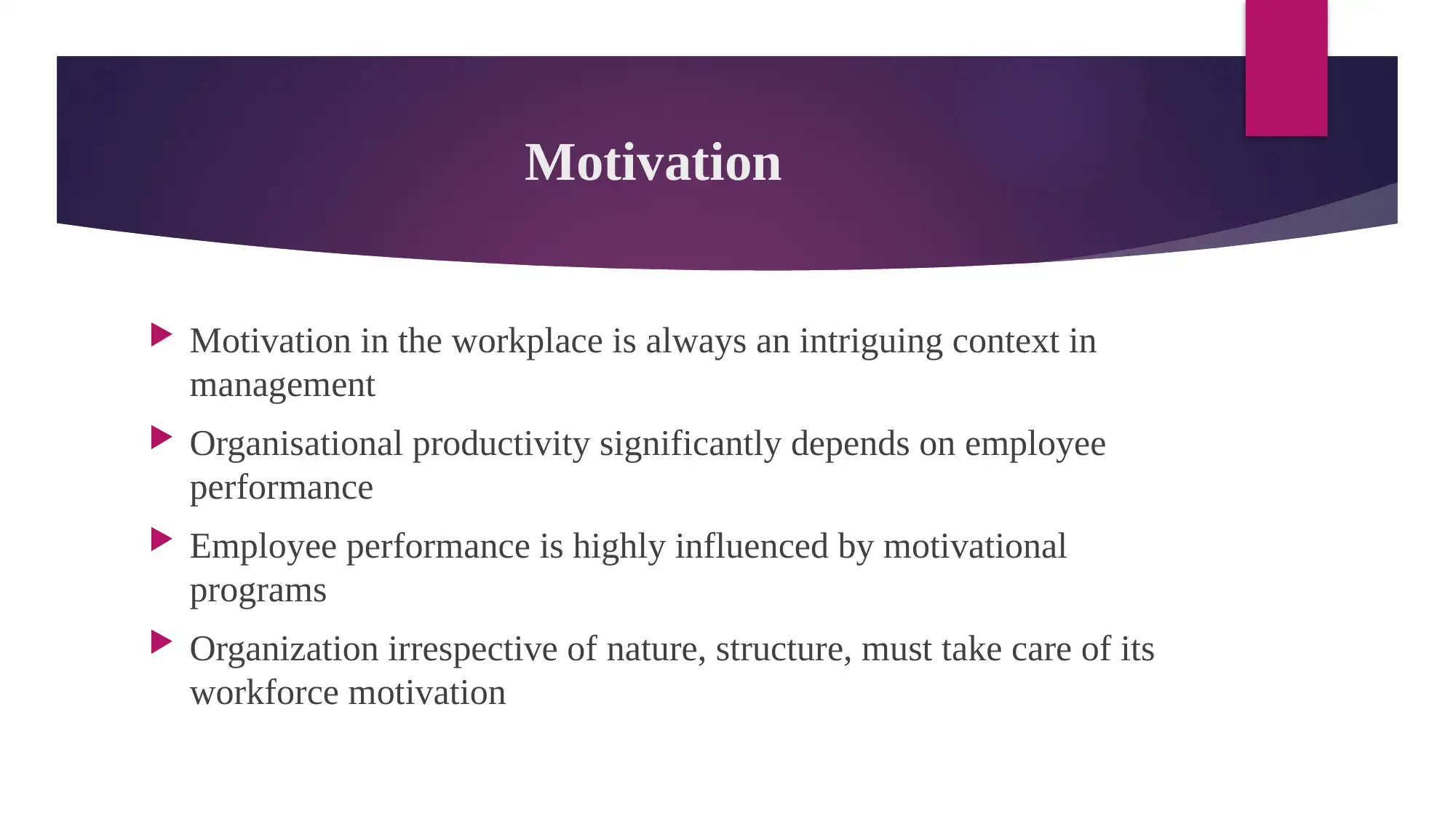
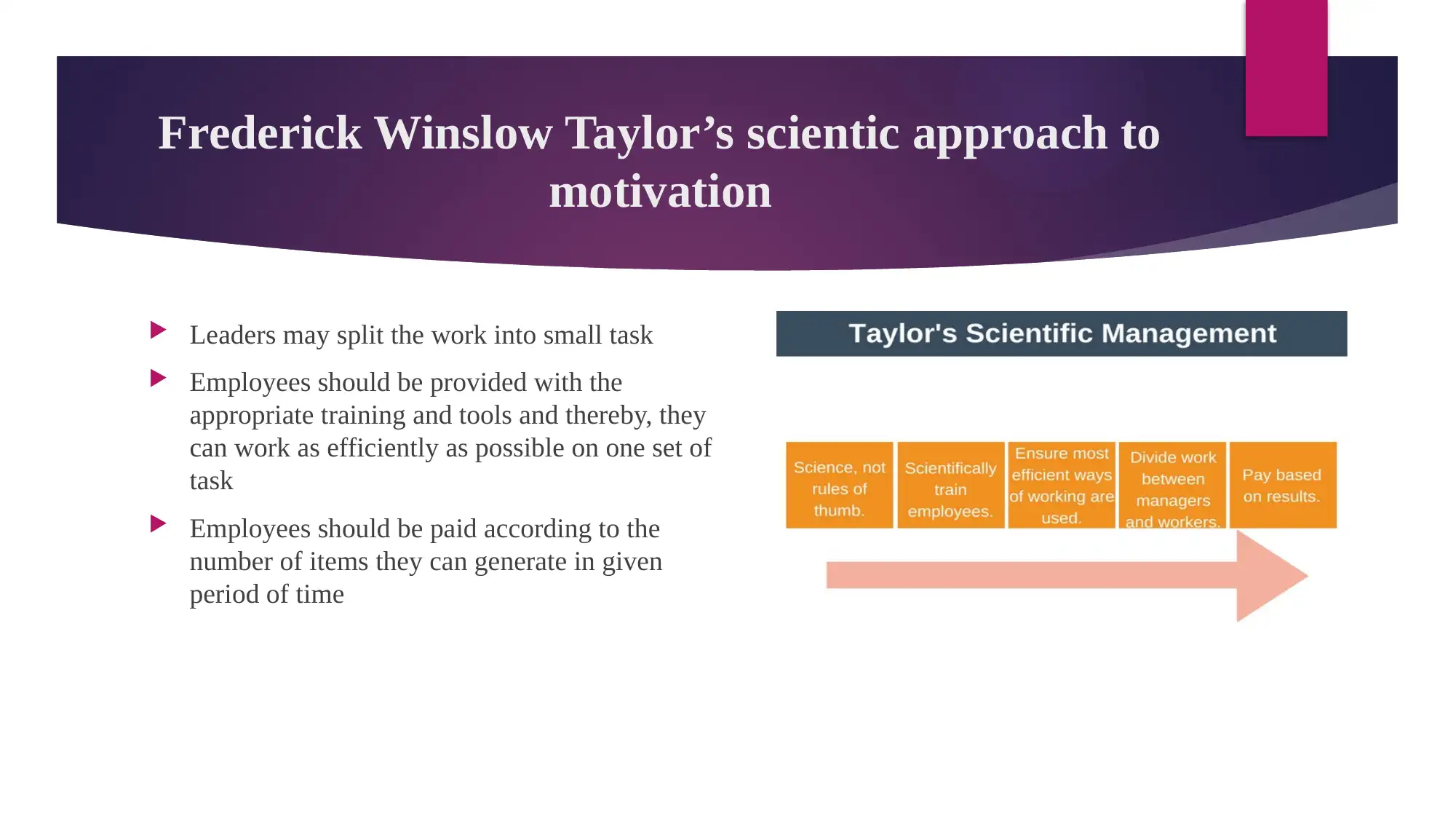

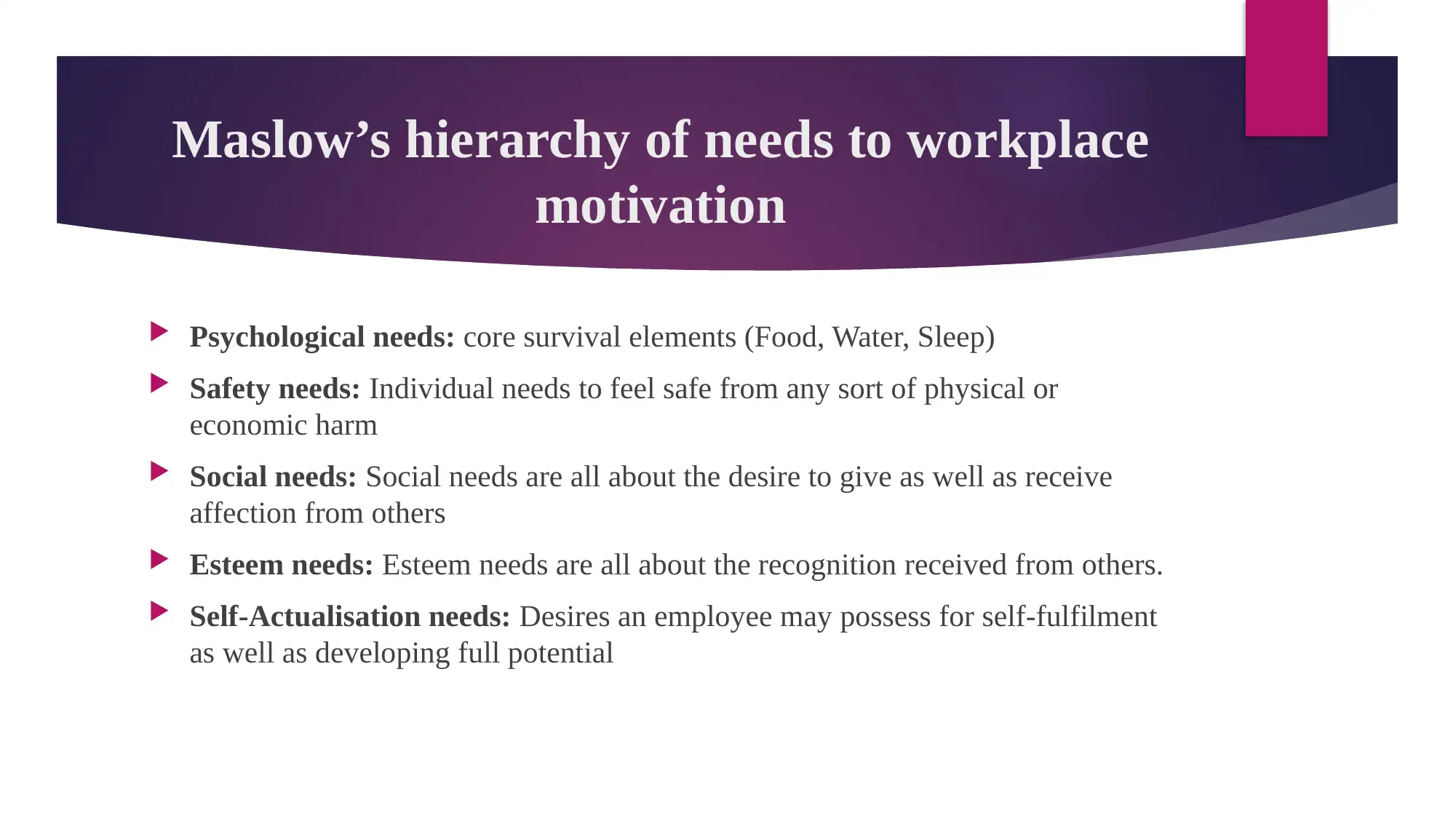
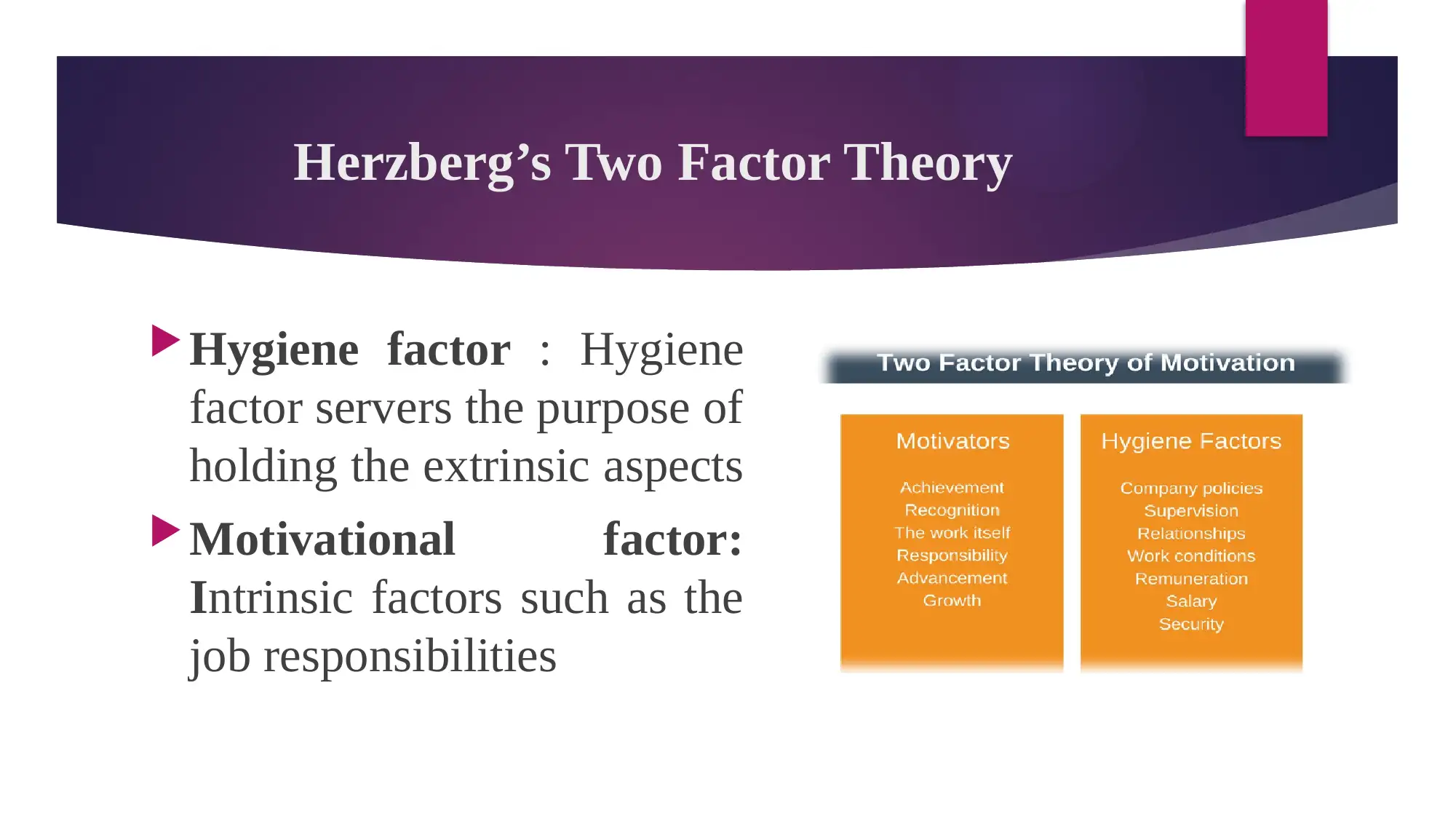
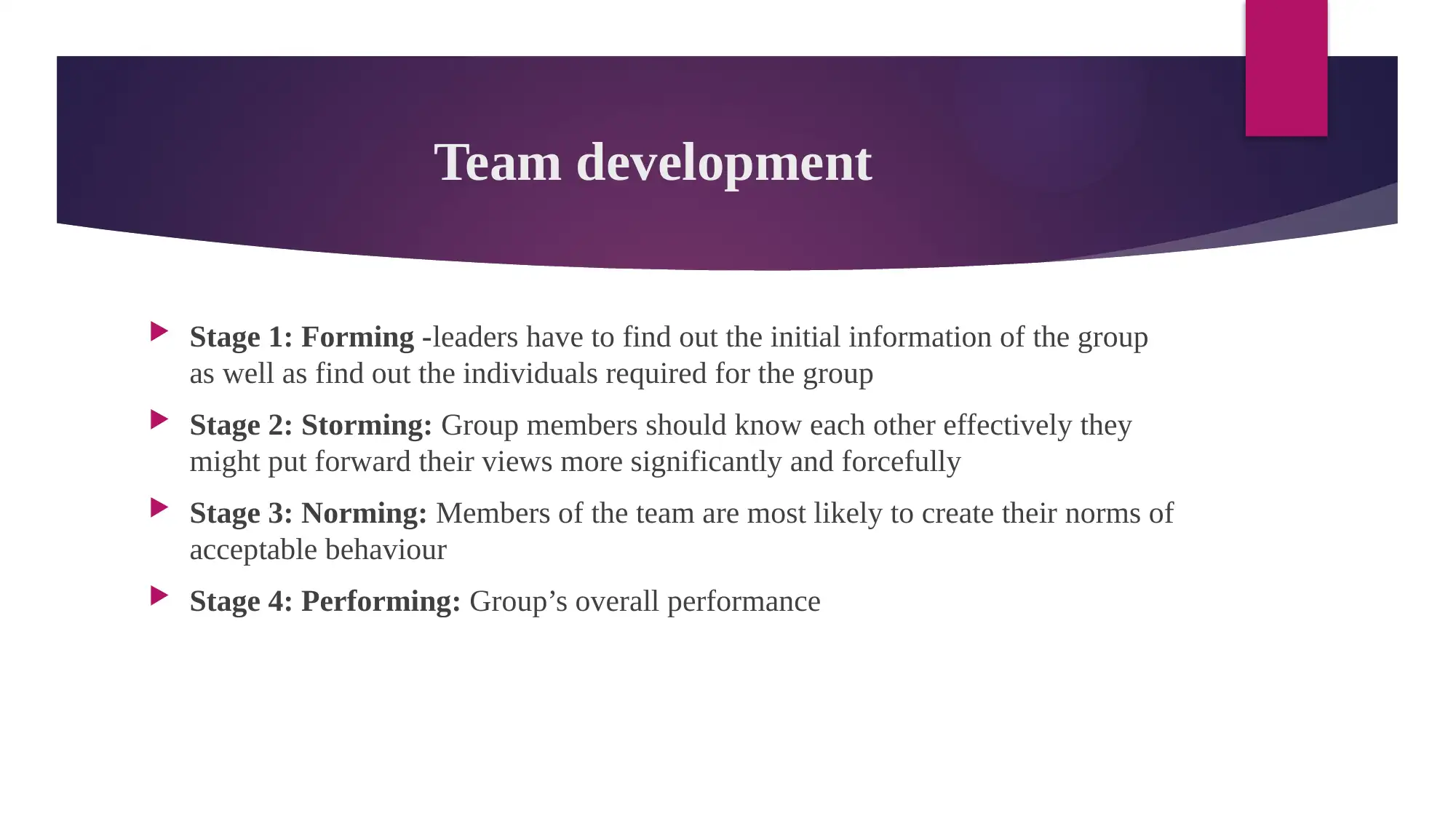





![[object Object]](/_next/static/media/star-bottom.7253800d.svg)